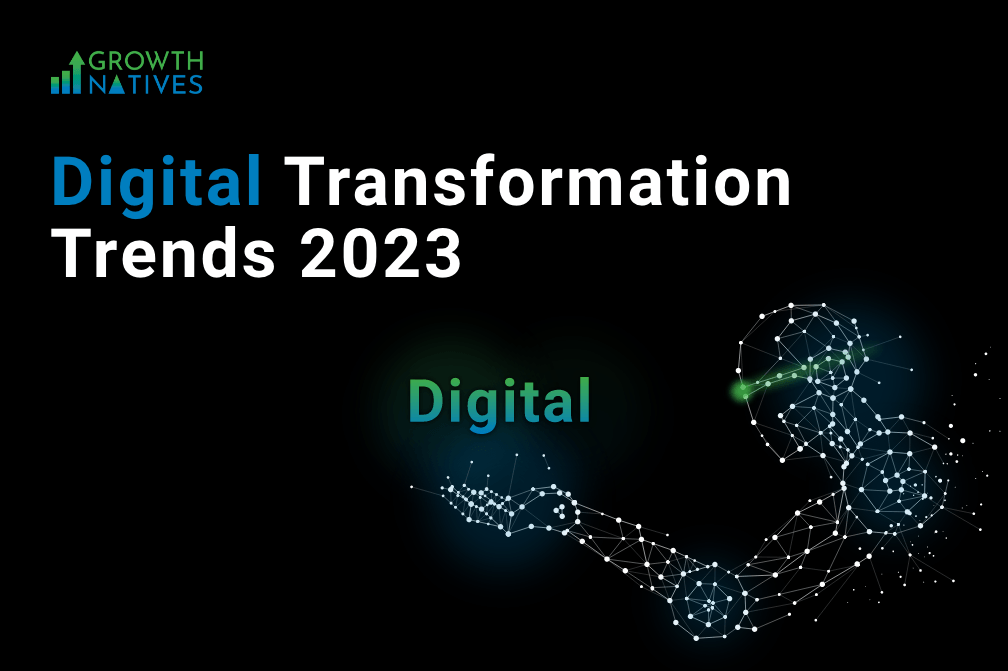
6 Factors to Consider When Creating Buyer Personas
By Sakshi Arora
Nov 14, 20227 min read
Sales Sally. Marketing Margery. Tech Taylor. Accounting Arya. Recognize them?
Hint. Your marketing or sales might be using something similar already.
These are buyer personas—a semi-fictional representation of your ideal customer. They are like the compass that gives directions to your inbound marketing strategy and product development.
Buyer personas are created based on research of your target customers' online behavior and data. Let us look at them in more detail.
What Is a Buyer Persona?
Have you ever come across an online ad that better suited your father? Or, you received an email about how to nail accounting exams when, in reality, you are in marketing with no interest in learning accounting.
It is likely that the companies sending your such messages just do not get you and don't have buyer personas to help them identify your needs.
Buyer personas, as mentioned above, are a semi-fictional representation of a company’s target customers. It gives insight into the potential customers’ psyche and is critical in helping marketers target their strategy.
The more detailed and researched your personas, the more personalized, customized, and engaging your tactics and messages will be. With the right persona in place, you know where your customers like to engage with your brand, what products they prefer, their pain points, and so on.
Why Are Buyer Personas Critical to Your Business?
The right persona is essential for product development, relevant content creation, sales follow-up, and almost anything related to the acquisition and retention of customers. In other words, buyer personas help you deliver the right product, to the right customer, at the right time. Result: more high-value leads and higher customer retention over time.
For example, you know your target audience is event planners. But that is not enough. It is also critical to know your target buyers' specific needs and interests. What is the typical background of an event planner? What solutions do they usually look for? What are their key responsibilities and goals? Such questions will help you completely understand what makes your customers tick.
The most accurate buyer personas are backed by market research and insights you collect from your actual customers. You can do it through interviews, surveys, polls, etc.
Based on your business, you can have as few as one or two personas or up to 10 to 20. But if you do not have any at the moment, start small. You can always create more once the need arises.
Now that we have established the importance of buyer personas, the million-dollar question remains: "how do I make one?"
Fortunately, creating buyer personas is relatively easy. It is all about how to gather and analyze your market research and customer data. Here are 6 factors to consider when creating well-planned buyer personas.
Develop Buyer Personas: 6 Factors to Consider
We cannot emphasize enough the importance of research—both secondary and primary. Survey your clients, look for focus groups, or set interviews with customers and your customer-facing teams. All this valuable information can come from within the organization.
For example, your target audience is sales executives or senior leadership. Instead of asking your customers for answers, you can interview your sales team to understand their pain points and capture critical data.
Some interview questions that you can ask are:
- What are your KPIs?
- What skills are needed to do your job?
- What are your biggest challenges?
- What does success look like in your role?
- What blog or content do you read?
- What knowledge and solutions do you need to do your job?
If you must send surveys to your customers, capture all the details using a contact form. And while you do not have to jot down all the details of your buyer, you must consider these six factors and how they can affect the way you do business:
- Demographics
Collecting information such as age, geography, gender, and language can significantly influence your product development, the social media channels you leverage, and even the languages your product or website supports. In general, demography influences marketing considerably, and ignoring them can be a huge risk.
- Preferred Channels
Do your buyers prefer engaging on social media or emails? Do they attend a lot of events? If so, what type of events? Which communities they are a part of, etc. The answer to these questions will help you identify where your buyers are online so that you can be there too.
- Firmographics
Firmographics are all the details related to the company where your persona works. These include the company's size, annual revenue, industry, date of establishment, etc. It is especially critical for B2B companies when developing buyer personas.
For example, a company building and selling software to field engineers may want to avoid buyers from the retail industry. Similarly, a B2B event management solution might not be an ideal tool for wedding planners.
Understanding these firmographic details can determine whether your buyers are the right fit for your product or services.
- Job Function
Another factor you must consider if you are building a B2B buyer persona is the job function. Don't confuse job function with the job title.
There are so many marketing or sales "managers" who are not decision-makers or influencers. Similarly, there might be business development "analysts" whose primary responsibility involves cold calling.
Therefore, a job title does not always accurately represent what a person actually does. It can often be misleading.
Job functions help in understanding where your personas fit in the purchase cycle. It explains what your buyer does daily—what their day-to-day work involves. When considering this factor, ask yourself: what are your buyers' key responsibility areas? Who do they report to? Do they handle budget? Do they have any decision-making power?
- Goals
Goals drive decisions. Identifying the goals of your ideal persona will empower you with insights that can help your buyers achieve and even exceed them.
But that is only half the job done. You must also prioritize their goals to address them accordingly and set them up for success.
- Pain Points
Everyone has pain points at work. Think of a time when you wanted a tool to do your job more effectively. And once you got it, how did it help you?
Back then, that was your pain point, and the tool was your solution. It is the same with your buyers— they have a pain point, which is why they are searching for a solution online.
The sooner you understand your customers' pain points, the sooner you can provide a solution to ease that pain and, invariably, acquire a new customer.
Buyer Persona Examples
Now that we know these factors let us go back to one of the personas mentioned at the start of the blog and understand what they would look like.
If you were to create a persona for Sales Sansa, you need to clearly state Sansa’s struggles and how your business can address those. It could be, updating the CRM, increasing the win rate, researching leads, coaching and onboarding new reps, and so on.
List all the tools this persona uses, responsibilities, goals, and the persona’s company size, revenue.
Get Started With Your Buyer Personas
Building buyer personas is an excellent way to understand your potential customers and ensure all customer-facing teams know how to best target and support buyers.
Once you've exhaustively researched your buyers, spend some time creating the persona on what data you have. Formalize and socialize it to get everyone on board.
A well-honed buyer persona not only enriches your customers' experience with your brand but will also improve your reach, conversions, retention, and loyalty. If you want further assistance in building your personas, let Growth Natives help.
Contact us at info@growthnatives.com to know how we can help you make your personas count.




